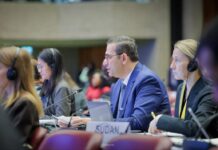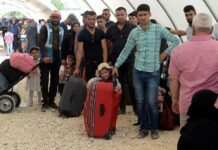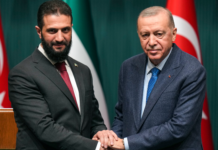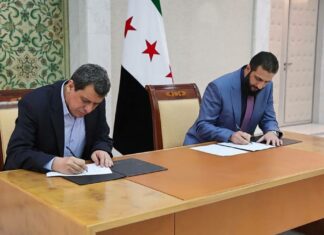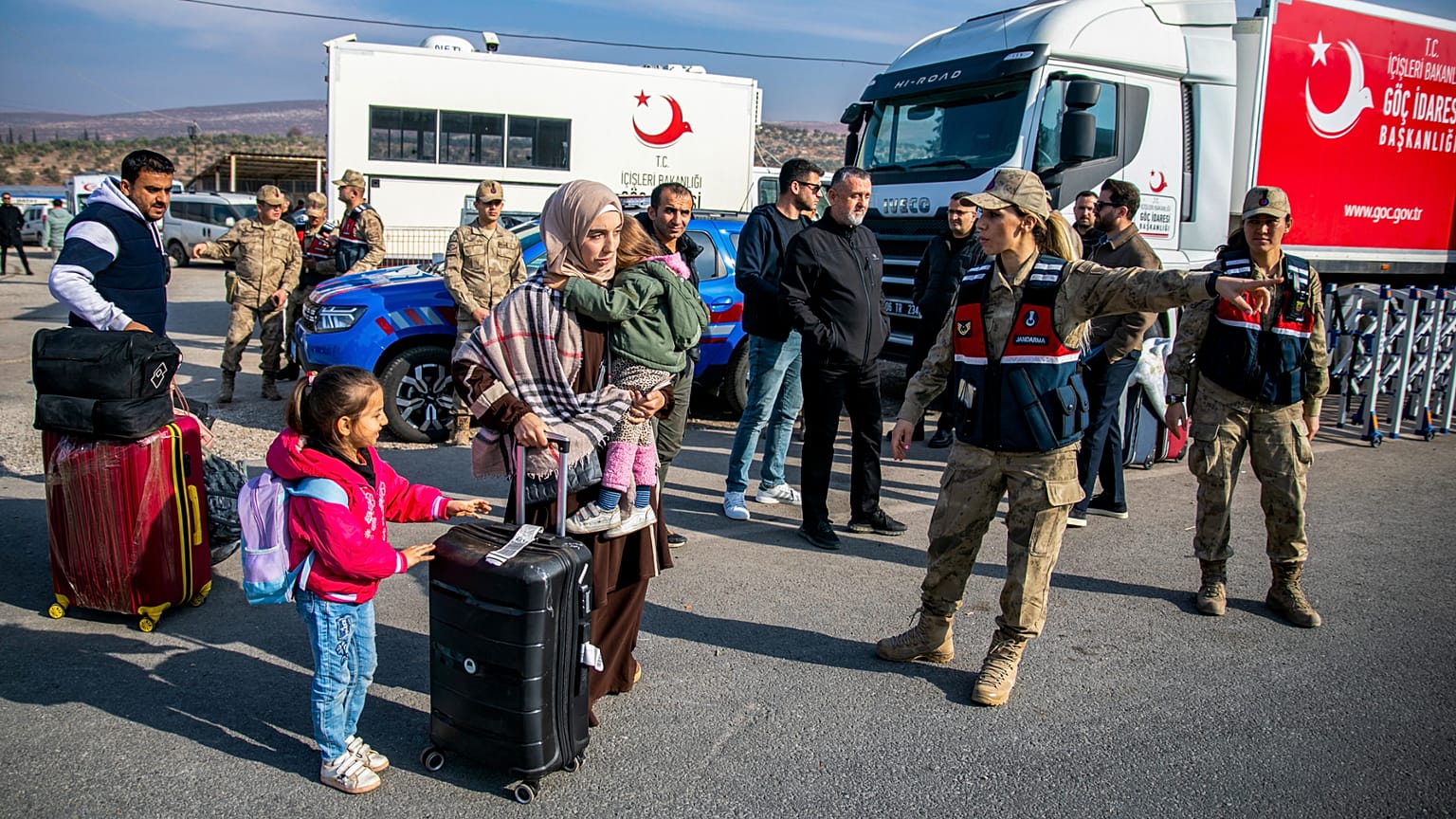
The UN High Commissioner for Refugees (UNHCR) said over 2.4 million Syrians have returned to their homes since the fall of the Assad regime in December 2024. In a report released August 18, UNHCR noted that 779,473 refugees came back from neighboring countries, while nearly 1.7 million internally displaced people (IDPs) also made the journey home.
Celine Schmitt, UNHCR’s spokesperson in Syria, said the agency remains committed to assisting returnees but faces serious funding gaps. “Many returnees find their homes and basic service infrastructure destroyed,” she told SANA. Schmitt added that additional support “beyond humanitarian aid” is urgently needed to ensure reintegration. Between August 6 and 12 alone, UNHCR facilitated the voluntary return of 318 families, or 776 individuals.
Accelerated Returns
The Turkish Interior Ministry reported more than 411,000 Syrians returned from Turkey since December, including about 140,000 since mid-June. The ministry said a total of 1.15 million Syrians have voluntarily gone back since 2016, reducing the number of refugees under temporary protection to 2.54 million, down from 3.7 million in 2021.
In Jordan, UNHCR data showed over 133,000 Syrians have returned since last December. UNHCR High Commissioner Filippo Grandi said in June that around 600,000 refugees had gone home from neighboring states.
Obstacles to Safe and Sustainable Return
Despite the numbers, serious hurdles remain. Returnees often face destroyed homes, crumbling infrastructure and limited access to water, electricity, health care and schools. The Yarmouk camp and other devastated urban areas highlight the scale of reconstruction still required.
War remnants, including unexploded ordnance, continue to pose life-threatening risks, and UN reports emphasize that rebuilding stable services is critical for a sustainable return. UN Secretary-General Antonio Guterres echoed that message on World Refugee Day, urging governments to provide education, decent work and equal rights for refugees rather than only symbolic support.
Aid Campaigns Struggle Against Heat and Drought
In northwest Syria, the Ministry of Social Affairs and Labor launched the “Narwa Thirm” campaign on August 18 to support displaced families in 149 camps across Idlib province. The campaign will provide water, ice blocks and other supplies to 20,000 families.
With record heat and severe drought, camps are struggling with shortages of safe drinking water. Officials warned that poor infrastructure in liberated villages—including destroyed roads, water networks and schools—prevents many displaced families from leaving the camps.
International Support Remains Limited
Italy pledged an additional 7 million euros this week to support reintegration programs, including 6 million to UNHCR and 1 million to the International Organization for Migration (IOM). Earlier this year, Rome committed 68 million euros for humanitarian and reconstruction projects, along with 3 million euros for the World Health Organization to bolster disease response.
Still, UNHCR warned that donor contributions remain far below what is required. The agency said it has received just $71 million of the $575 million needed for Syria programs in 2025, and that staff reductions of 30% are looming. Without renewed funding, UNHCR cautioned, only a fraction of Syrians seeking to return will receive the support they need.

